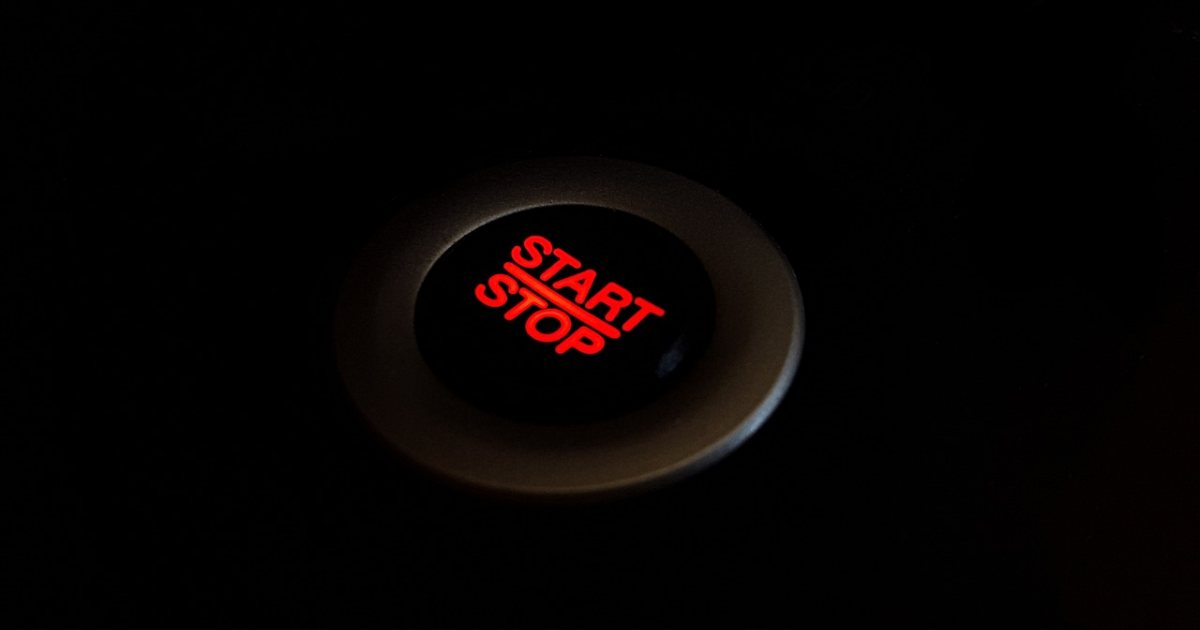Electricity gentailer AGL has had its say on plans to introduce remote rooftop solar shutdown capabilities in Queensland.
As we reported in September, it’s intended new and replacement rooftop solar and battery storage systems installed in Queensland with a capacity of 10kW or more will be required to be fitted with a generation signalling device (GSD) to connect to the grid.
The GSD will enable Ergon Energy and Energex – at the direction of the Australian Energy Market Operator – to remotely disconnect these systems via Energy Queensland’s audio frequency load control (AFLC) network when the need arises.
A scenario where the capability may be used is when grid demand is so low it threatens electricity system stability. Last month, Queensland’s minimum operational demand hit a record low of 3,469MW at 1pm on Sunday, September 11 thanks largely to rooftop solar panels. While this wasn’t in the danger zone, it’s an example of the growing impact of home solar uptake in Queensland.
The ’emergency backstop mechanism’ will only be used as a last resort for short periods to reduce the risk of state-wide power outages, then remotely reconnect affected systems once the threat has passed. During such an event, this would prevent any generation, self-consumption or export.
The intention is to introduce this requirement in mid to late November this year, but the Queensland Government has been seeking feedback in the interim (consultation paper here and Q&A here). The consultation period ended on October 7.
AGL: No Objection In Principle, But …
Among the parties to contribute feedback was AGL.
AGL believes dynamic operating envelopes for solar PV will be one of the leading solutions to declining minimum demand conditions. Dynamic operating envelopes are import and export limits that vary over time and location based on the available capacity of the local network or conditions in the wider power system.
But we’re not quite there yet and until such time more elegant solutions can be broadly implemented, AGL says blunt tools such as the emergency backstop mechanism need appropriate safeguards to maintain consumer confidence. To this end, it has made a number of recommendations:
- That the emergency backstop mechanism is to be used only as a measure of last resort be incorporated into the regulatory framework.
- The exclusion of battery storage assets and requirement to install a GSD on battery systems from the backstop mechanism.
- A requirement for Distributed Network Service Providers (DNSPs – i.e., Energex and Ergon) to notify impacted customers when their solar power systems have been curtailed
- Waiving any demand charge reset accumulated by customers during the curtailment period.
- Revising the implementation timeframe from November 2022 to 1 January 2023.
“While we understand the rationale for the proposed emergency backstop mechanism and do not object in principle to its introduction in Queensland, we encourage the Australian Energy Market Operator (AEMO), Powerlink and Energy Queensland to give additional consideration as to how risks of adverse or unintended customer outcomes can be further mitigated,” states AGL.
Further details on AGL’s recommendations can be found here.
A couple of other states have already introduced remote solar shutdown requirements. South Australia led the way in September 2020 and in February this year, Western Australia introduced emergency solar management.
As far as I’m aware, the capability has been barely used in SA. There was potential for it to come in play yesterday, but remote solar disconnections were avoided.


 RSS - Posts
RSS - Posts



QLD recently announced they intend to build two pumped hydro systems in the state. Hopefully when complete they will reduce the need for any remote shutdowns.
Are we not aiming for excess solar that can be used at later times?
The place to put this intelligence is in the home inverters software where control and appropriate notification to the consumer can be made and openly monitored
Perhaps is stop is invoked then end-consumers should no longer be charged for feed-in charges from retailers – does AGL have an opinion on this?
James,
There is already a “pumped hydro system” in use in Qld. It is below the
Splityard Creek Dam right next to Wivenhoe Dam. It was installed during
the building of Wivenhoe Dam around 1982.
There are two generators at Splityard Creek Power Station. Each unit produces 285MW of power making them the largest units in use in Australia.
( a unit consists of a water turbine on the same shaft as a generator) They were very effective in the 1980s and 1990s before solar panels became popular. Enormous pumps would pump water uphill to Splityard Creek Dam overnight and generate up to 570MW during the daytime peak periods.
Prior to solar panel uptake this was a profitable system because power was
expensive during summer daytime peak periods. The situation is different now because of the large amount of power available from solar panels on sunny days.
Sure there are many power generating “units” mainly in the Snowy Mtns.
and Tasmania but none of them are anywhere as big as the units at Splityard Creek station. They are still among the biggest in the world.
Geoff.